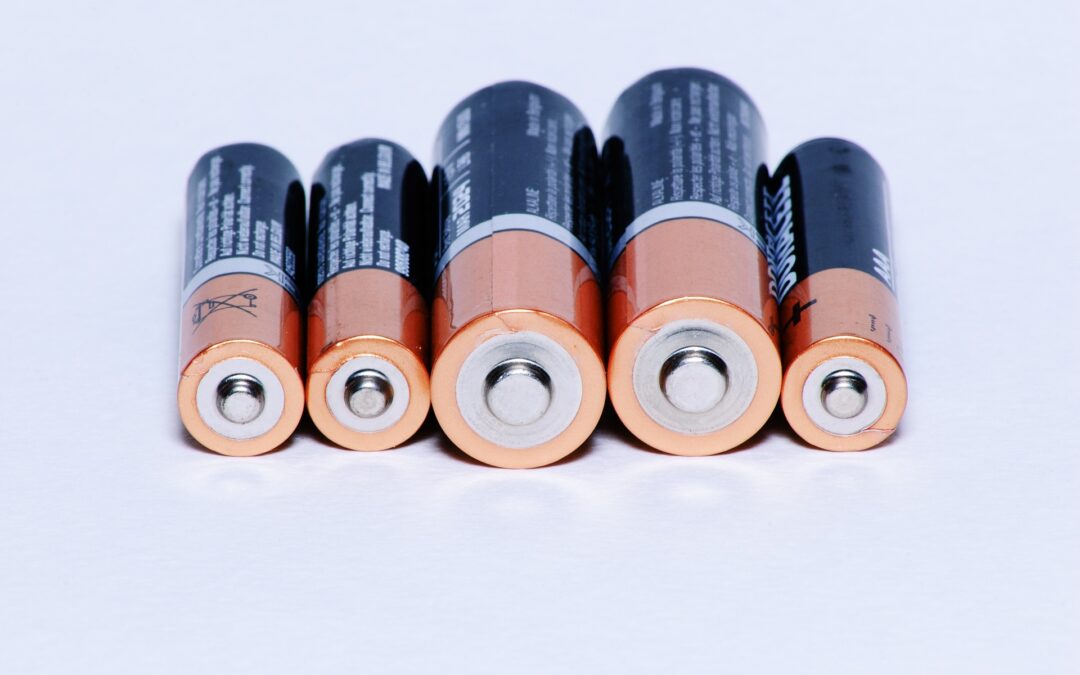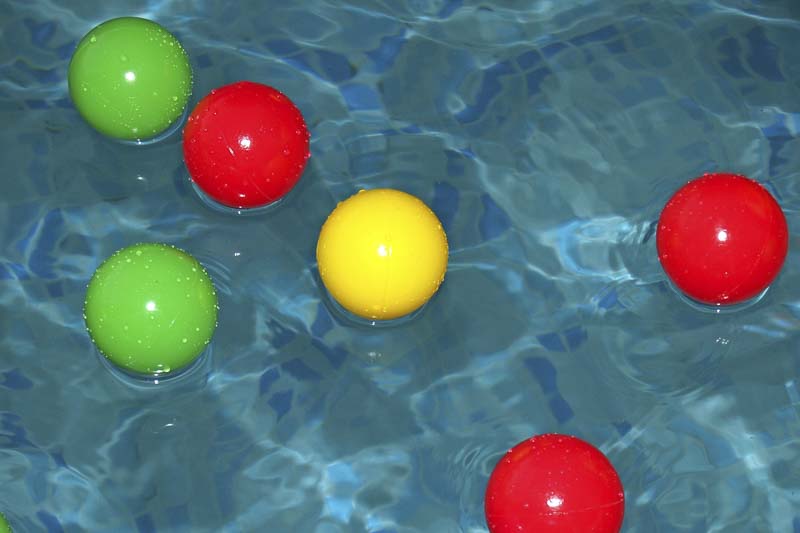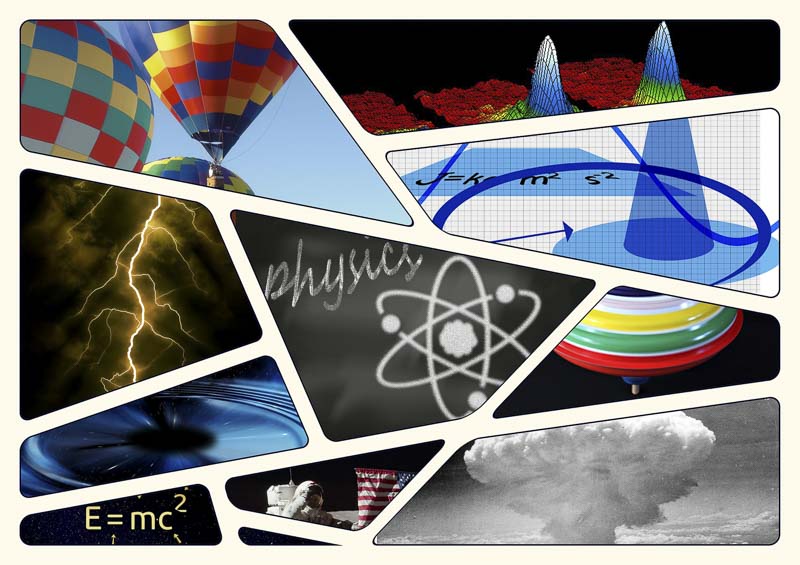What You Need:
- Rotating office chair on wheels
- Plenty of space
- 2 dumbbells, cans of soup or other heavy objects of equal weight
- A partner
- Adult supervision
What You Do:
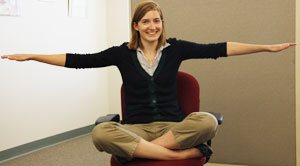
1. Have your partner give your chair a light spin then quickly step away.
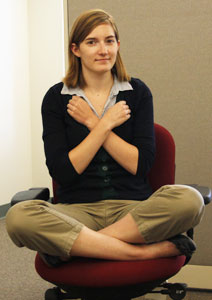
2. Immediately pull your arms into your chest.
3. Try the experiment again holding a weight (like dumbbells or cans of soup) in each hand and see what happens.
Be careful when you perform this experiment! If you get spinning too fast, the chair could tip over. And be extra cautious when you get up, since you’ll probably be dizzy!
What Happened:
You should have noticed that once you brought your arms in close to your body, you started spinning faster. This phenomenon is called the conservation of angular momentum. According to Newton’s first law of motion, also called the law of inertia, an object in motion will stay in motion until an outside force acts upon it. Conservation of angular momentum is the corresponding principle that applies to rotating or spinning objects.
When moving along a linear plane, momentum is determined by multiplying an object’s velocity (meters-per-second) and its mass (how much space it takes up). Angular momentum is determined by multiplying angular velocity and moment of inertia. Angular velocity is measured in degrees, or radians-per-second. Moment of inertia refers to how much mass the object has and how the mass is distributed around the rotational axis.
That’s why when you pulled your arms in, you were able to spin faster. You reduced your moment of inertia by redistributing your mass about the rotational axis. With your arms out, your mass was farther from the rotational axis and the moment of inertia was greater. With your arms in, your mass was closer to the rotational axis, and the moment of inertia was smaller. Because of conservation of angular momentum, there was still as much energy involved but each rotation required less energy to execute, so your spinning sped up. This is most clearly displayed by ice skaters in the winter Olympic Games, but divers and gymnasts demonstrate it as well. Watch how they tuck their knees into their chests and drop their chins down during flips and notice how the angular velocity changes.
*Adapted from Exploratorium.edu

